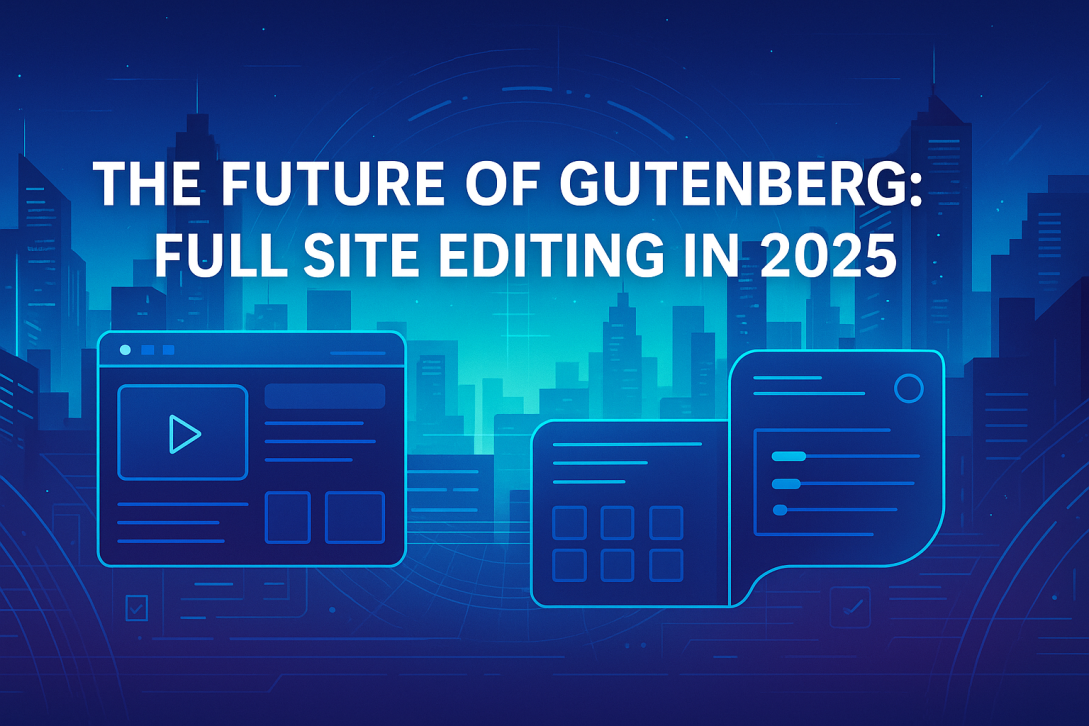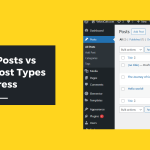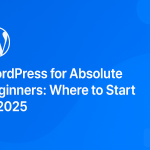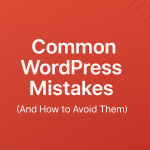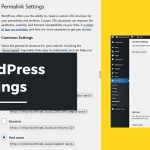Introduction: Gutenberg’s Evolution
Since its inception in 2018, Gutenberg has transformed from a simple block editor into a comprehensive site-building tool. By 2025, it has matured into a full-fledged platform enabling users to design and manage every aspect of their WordPress sites without touching a line of code. This evolution has democratized web design, making it accessible to a broader audience.
Full Site Editing (FSE): A Paradigm Shift
Full Site Editing (FSE) represents a significant shift in how users interact with WordPress. Instead of relying on themes and custom code, users can now utilize blocks to design headers, footers, templates, and more. This block-based approach offers unparalleled flexibility and control over site design.
Key Components of FSE
1. Site Editor
The Site Editor is the cornerstone of FSE, allowing users to edit their entire website within a single interface. From modifying templates to adjusting global styles, the Site Editor streamlines the customization process. Users can now manage their site’s appearance more efficiently than ever before.
2. Global Styles
Global Styles enable users to define the visual aspects of their site, such as typography, colors, and spacing, in one centralized location. This feature ensures consistency across the website and simplifies the design process.
3. Templates and Template Parts
Templates dictate the layout of specific pages or post types, while Template Parts are reusable sections like headers and footers. With FSE, users can create and manage these components directly within the editor, enhancing customization capabilities.
Advancements in Gutenberg
Gutenberg’s development has been guided by a four-phase roadmap:
- Editing Experience: Introducing the block editor to replace the classic editor.
- Customization: Implementing FSE and Global Styles for comprehensive site design.
- Collaboration: Enhancing real-time co-authoring and collaborative editing features.
- Multilingual Support: Integrating native multilingual capabilities into WordPress.
By 2025, phases one and two have been fully realized, with significant progress made in phases three and four.
Impact on Theme Development
The rise of FSE has led to the emergence of block themes—themes built entirely with blocks. These themes offer greater flexibility and are more adaptable to user needs. Developers now focus on creating patterns and templates that users can easily customize, reducing the reliance on traditional PHP-based themes.
Benefits for Users
FSE empowers users by:
- Simplifying Design: Users can design their sites visually without coding knowledge.
- Enhancing Consistency: Global Styles ensure a uniform look across the website.
- Improving Efficiency: Reusable blocks and templates speed up the design process.(de.wikipedia.org)
- Expanding Accessibility: More individuals can create professional websites without hiring developers.
Challenges and Considerations
Despite its advantages, FSE presents challenges:
- Learning Curve: Users accustomed to the classic editor may need time to adapt.
- Plugin Compatibility: Not all plugins are fully compatible with FSE, potentially limiting functionality.
- Theme Availability: While growing, the number of block themes is still catching up with traditional themes.
Future Outlook
Looking ahead, Gutenberg and FSE are poised to further revolutionize WordPress:
- Enhanced Collaboration: Real-time editing features will improve teamwork.
- Multilingual Capabilities: Native support for multiple languages will broaden global reach.
- AI Integration: Artificial intelligence may assist in design suggestions and content creation.
- Increased Customization: More granular control over design elements will be available to users.
Final Thoughts
By 2025, Gutenberg’s Full Site Editing has transformed WordPress into a more versatile and user-friendly platform. While challenges remain, the benefits of FSE—greater control, efficiency, and accessibility—underscore its significance in the evolution of web design. As WordPress continues to innovate, users and developers alike can look forward to a more dynamic and inclusive web-building experience.
Last modified: May 7, 2025
